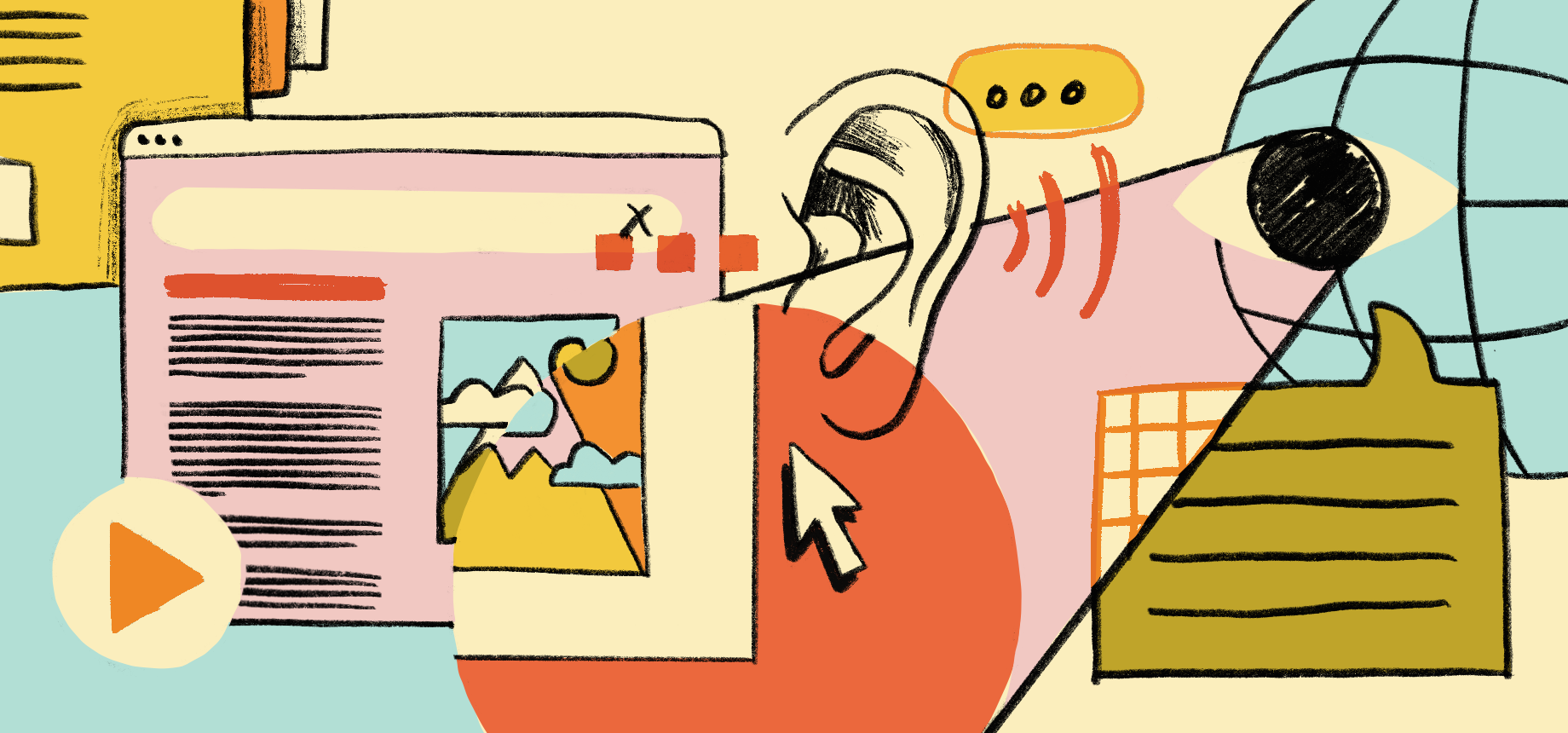Veve Vortex: Exploring the Latest Trends
Stay updated with the latest in news, tech, and lifestyle.
Why Ignoring Web Accessibility is So Last Season
Discover why skipping web accessibility is outdated and how embracing inclusivity can elevate your site. Don't get left behind!
The Cost of Exclusion: Why Web Accessibility Should Be a Priority
The digital landscape is increasingly becoming an essential part of everyday life, yet a staggering number of websites remain inaccessible to users with disabilities. According to the World Wide Web Consortium (W3C), nearly 15% of the world's population lives with some form of disability, highlighting the urgent need for increased web accessibility. The cost of exclusion is not just ethical; it's financial as well. Companies that choose not to prioritize web accessibility face potential losses in revenue, legal consequences, and a tarnished reputation. In fact, organizations that invest in making their websites inclusive can tap into a wider audience and see increased customer loyalty, ultimately leading to higher conversion rates.
Furthermore, prioritizing web accessibility aligns with the principles of equality and inclusivity. It ensures that everyone, regardless of their abilities, has the opportunity to engage with your content and products. As detailed in a report by the Accessibility Oz, lack of accessibility can result in negative user experiences that drive potential customers away. By implementing web accessibility standards, you can not only comply with legal requirements but also create a positive impact on society. Moreover, search engines like Google reward accessible websites with better rankings, making it a crucial aspect of your SEO strategy.

Top 5 Myths About Web Accessibility Debunked
Web accessibility is often shrouded in misconceptions, leading many to believe that it is only relevant for people with disabilities. In reality, web accessibility benefits everyone, including those using various devices and technologies. Myth 1: 'Accessibility is only for the disabled.' In fact, it improves the user experience for everyone, enhancing usability and broadening reach. For more on the universal benefits of web accessibility, check out W3C's Business Case for Accessibility.
Another common myth is that making a website accessible is a costly and time-consuming endeavor. The truth is, incorporating accessibility from the outset can save time and money in the long run. Myth 2: 'Accessibility is too expensive.' Businesses that prioritize accessibility often see improvements in customer satisfaction and retention. For detailed insights on the cost-effectiveness of accessibility, refer to Able Group's Economic Benefits of Accessibility.
How Ignoring Web Accessibility Affects Your Brand and Bottom Line
Ignoring web accessibility can severely impact your brand's reputation and reach. When websites are not designed with inclusivity in mind, they alienate a significant portion of the population, including individuals with disabilities. According to the W3C, about 15% of the world's population experiences some form of disability. This means that if your site is not accessible, you're potentially missing out on a valuable audience that contributes to your bottom line. Moreover, a brand perceived as non-inclusive may face significant backlash, damaging its credibility and customer loyalty.
The financial implications of neglecting web accessibility are significant. Businesses that prioritize accessibility often enjoy increased consumer trust and loyalty, which directly translates to higher conversion rates. Research from the Forbes indicates that inclusive design can expand market reach and enhance ROI. On the contrary, companies that disregard accessibility may find themselves facing legal challenges, as non-compliance with accessibility standards can result in costly lawsuits. Ultimately, recognizing the importance of web accessibility is not only the right thing to do but also a critical business strategy that impacts your brand's success.